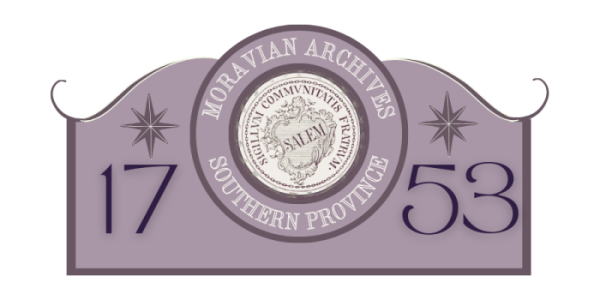Advent Moravian Church
“Bro. B. C. Snyder met me at the depot . . . [and we] were soon in his Hudson Super 6 coach, flying away through the city for his country Home on the Salisbury Road 3 miles from the city.”
Thus Br. J. George Bruner swept in from Daggett, Michigan, on Wednesday, June 18, 1924, to begin the first full-time pastorate of Advent Moravian Church. The following Sunday, June 22, he was installed and Advent was formally organized as an independent congregation by Bishop Edward Rondthaler.
Moravians had a long history of work in the Advent area. Almost a century earlier, on July 20, 1835, Henry A. Schultz, pastor of Friedberg Moravian Church, held a service for the first time at the Cool Spring Sunday School, which was about a mile south of the present Advent location. Ten years later Cool Spring was united with Pleasant Fork Sunday School. On March 14, 1869, the Pleasant Fork Community Church was dedicated at its site across the road from present-day Griffith School.
In 1893 some of the Pleasant Fork people elected to affiliate with Friedberg, and in 1896 it was determined “to proceed with the erecting of a proposed Moravian Church in the Junction of the Salisbury and Waughtown Roads” — the current location of Advent on the northeast corner of Old Salisbury and Clemmonsville roads. Two tracts of land were purchased for a total of $55, and on January 24, 1897, the name Advent was given to the new church. Advent was served by the Friedberg pastor until Br. Bruner was installed as its first full-time minister.
Despite the Depression, Advent grew, and a new Sunday school building was constructed in 1939. A new sanctuary was also needed, but work on it was delayed by World War II until it was finally completed and dedicated on August 10, 1947. Further growth led to the construction of a picnic pavilion in 1962 and a second education building in 1968.
Advent today serves its community with a heritage that stretches back more than 165 years to Henry Schultz’s preaching at Cool Spring Sunday School.
Moravian Archives, 2002
